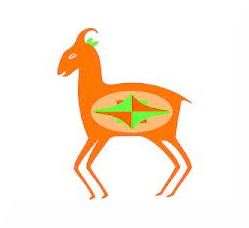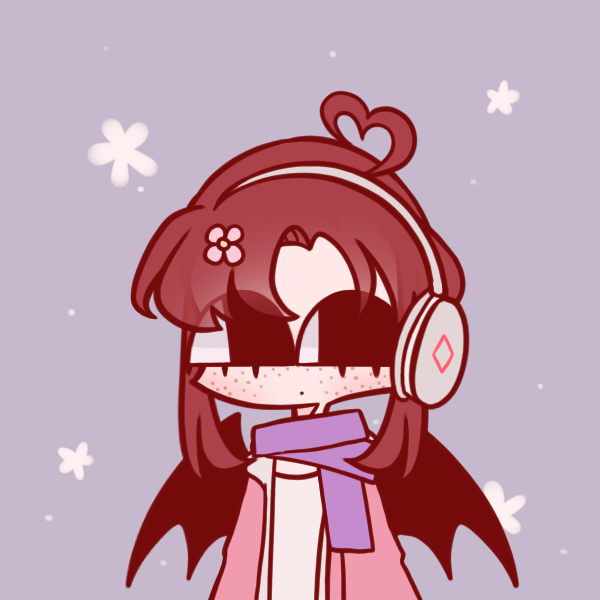I see “Vanilla Minecraft” referred to a lot, but it seems to have different definitions here and there.
Is it just Minecraft without data packs, resource backs, etc? So, like, “out of the box”? Or is it really something else?
No, you’ve got it right. I would say no mods, and no resource/data packs would be vanilla.
Vanilla just means unmodified, exactly what you think.
However, some people might still refer to mods that don’t significantly change gameplay as vanilla. For instance, the Vanilla Tweaks resource pack is filled with small changes to the appearance of things in the game. Some might also consider the Optifine or Sodium mods to be Vanilla since they don’t change gameplay.
I’d say it’s also a bit contextual and on a spectrum.
If you’re using Optifine/Sodium for performance, it’s pretty vanilla. If you get a crash and you use Optifine, you definitely can’t claim to be playing vanilla.
If you’re talking about shaders and you say you prefer the vanilla style, you’re probably talking about flat and pixelated blocks and not the 50 tech mods you’re running.
If you’re talking about how tech mods are too complicated for you, and you like simple vanilla mechanics, you may still be running heavy shaders to make it pretty and you’re probably a builder.
Exactly my thoughts. There’s vanilla in terms of modded/unmodded, and then there’s how close it looks or feels to the base game.
Literally, it means no mods.
But sometimes performance mods are allowed.
Or sometimes certain launchers are allowed.
Sometimes texture packs aren’t.
Or shaders are.
Or playing with keepInventory on or doFireTick off isn’t.
I have no goddamn clue anymore.
As far as game mechanics, no mods that change gameplay in any meaningful way (including quality-of-life mods) is vanilla.
In terms of tech support, an unmodified base install is vanilla. (This is important because if you are looking for help with a crash for example, knowing you have OptiFine or something is very relevant.)
Define “meaningful way”. What about resource packs? They change how the game looks drastically, but it’s purely visual. What about performance mods? Higher and lower FPS definitely impact one’s movement and accuracy with a mouse.
In my opinion, this is usually how I classify things:
- Vanilla: no mods, resource packs allowed (it just changes visuals anyway, and the funtionality is included in the base game).
- Vanilla+: may contain mods/datapacks that simply tweak experiences in a way that don’t alter the flow of the game much. Things like Optifine/Iris, Sodium/Rubidium, fast leaf decay, immersive portals, right-click-harvest, mouse/crafting tweaks, and I’d even say player/mob heads. Essentially, doesn’t add blocks, items, etc, but just enhances small parts of the game that you’re already doing in vanilla.
- Modded: adds blocks, items, functionality, or more, beyond the scope of Vanilla+
Vanilla: Straight out of the box, normal vanilla. You can add sprinkles, and it’s still vanilla.
French Vanilla: Technically not vanilla anymore, it’s named after the French way of making ice cream. But it’s close enough. When you give someone french vanilla ice cream and say it’s vanilla, they won’t get mad.
Chocolate: This is not vanilla. It is chocolate. Clearly different.
Rocky Road: Oh fuck, we added too many mods and now it’s crashing constantly.
deleted by creator
The definition of vanilla software makes it clear that only unmodified software, in this case Minecraft, is considered vanilla. The word vanilla is choosen for this to represent the kind of standard taste (vanilla ice cream is often viewed as basic lmao). Technically, resource packs do not alter the codebase of minecraft and neither do data packs. All they do is provide some data that the game uses to run.
Here is where it gets complicated sometimes though. As you could have probably guessed, using mods is not vanilla. That is, because the code of Minecraft gets extended or injected. It is no longer unmodified. However, data packs can sometimes be structured code-like and can be used to execute functions. This is problematic, because although the source code of Minecraft is still the same, that code could load in other code from some data pack and execute it, essentially giving an effect also achievable by changing Minecraft’s source code. It’s similar with resource packs, although not nearly to the same extend.
So while generally an unmodified piece of software is called “vanilla”, Minecraft itself kind of blends what that means exactly. Minecraft out of the box would be considered vanilla.
It depends on context. When speaking specifically about gameplay, vanilla Minecraft to me is anything that doesnt modify how the game functions, or add any addiional blocks, so performamce mods and texture mods still retain the vanilla gameplay experience.
In terms of hard vanilla, would just be a stock install, no adjustments.
Well your first definition is opinion based so all good. The second one is imprecise, as a setting is an adjustment and not out of the range of vanilla Minecraft. Texture packs and data packs are often considered vanilla as well, so no “adjustments” at all is indeed a little hard.
I consider vanilla anything where no game mechanics are changed. Resource packs and performance mods are vanilla. Vanilla Tweaks is no longer vanilla.
Vanilla just means no mods. No extra downloads, no texture packs, no third party interface.
Yeah usually just means no mods.
I think they just mean how the game is when you freshly install it. They might still count using texture packs alone as vanilla, unless they are talking about the aesthetics to begin with.
No mods. Full stop. On console I play the game as it comes. I just don’t have the energy for mods.
I try to in PC but it takes me so long to search for and install mods and get different versions to work with each other. It gets to the point where I don’t even play.
So yeah. For me vanilla is out of the box.
At the most it’s making the game pretty and nothing else.
To be considered Vanilla means out of the box without mods, so definitely nothing that requires anything like Optifine, Forge, or Fabric, because then you are running the game through their interface instead of Mojang’s.
However, out of the box does have a built-in interface already included for letting you use and manage texture packs (now called resource packs), so IMO those would still count as being vanilla because you are still doing everything through Mojang’s installation. Just like using a customized skin. That’s how I would define it.
eta: When it comes to data packs, I would say those would not count as vanilla because you can change loot tables and such, which is definitely not playing it as designed.
Mostly just Minecraft out of the box. I feel that resource packs and certain performance mods like optifine could be accurately referred to as “vanilla with optifine” or “vanilla with such-and-such pack.” Once you get into datapacks or Forge or Fabric or hacked clients, it’s not vanilla.
Serverside, it’s a little more dodgy. How many server plugins can you have before it’s not vanilla?
That said, I don’t think there’s much reason to play Java Edition over Bedrock other than mods or wanting to play on older, pre-bedrock versions. Then again, I almost solely play modded anymore so I don’t have a lot of vanilla Bedrock under my belt to compare the two.
On the server side, as soon as you switch to a modified server software (even just bukkit) - it contains modifications to the original game, and as such, I don’t think it can be considered vanilla.
Vanilla is without mods imo
Once there’s QoL mods it becomes something akin to Vanilla+ and then once there’s content adding mods it’s modded
No mods
For me I consider it vanilla if there are no mods. But plugins I still consider vanilla cause I can join without downloading anything







